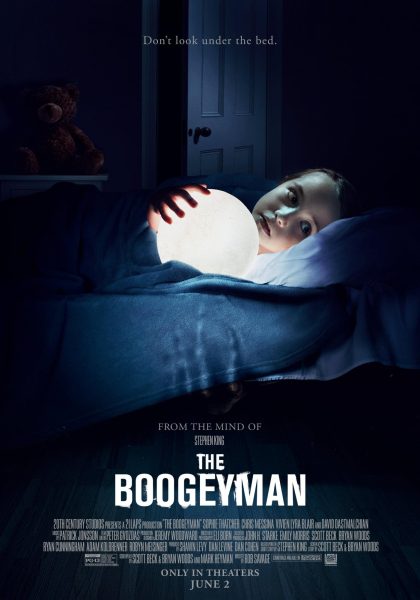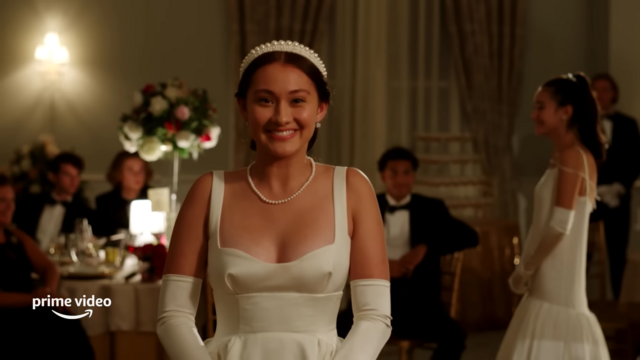“The Boogeyman,” directed by Rob Savage, released into theatres on June 2, 2023. The story is based on the Stephen King short story: “The Boogeyman,” published in 1973 in the Cavalier magazine. Despite the source material, the movie lacked substance. There were two distinct paths that Savage took, yet he failed to deliver on both.
The first was building the tragedy of the Harper family. There was a clear sombre mood brought about by the mother’s death. The characters were shown grieving in different ways. There was a brief portrayal of their struggles in the new situation. Yet, the movie failed to create a strong sense of empathy between the audience and the family. Attempts at this were disrupted by the fear plot line, making both ineffective. Every time you started to feel bad for the characters, there would be a jump scare that took away from the empathy rather than adding to it. Similarly, every time there was a horrific occurrence, I was brought back into the tragic side of the film, making the fear short-lived. Since the movie failed to create a sense of empathy between the audience and the characters, the horror was limited to jump scares rather than genuine fear.
There was potential for this to change. At the start of the movie, you see a distanced father overwhelmed by grief due to his dead wife. However, since Savage wished to show this as a suppressed grief — pretending everything is okay — it is hard to feel bad for the family. Since no scenes show the pain the family felt due to the loss of the mother, rooting for them was difficult. Additionally, the introduction of certain characters took away from the seriousness of certain situations. Sadie Harper’s “fake” friends at school are perfect examples of this. In a scene that could have been terrifying, their presence made it more of a prank than genuine fear.
In terms of the fear factor, due to the lack of connection to the characters, most of the fear was caused by jump scares. Savage beautifully builds jump scares into the film by implementing misdirects, ominous music, and different shots. Every jump scare delivered and hence played a huge role in making the film adhere to the genre. Yet, one of the key characteristics of horror movies is the underlying fear — the one that follows you home and makes you leave the light on. I felt that the movie was lacking in this area. The ominous Boogeyman that was shown in the shadows was more terrifying as an idea than when it was portrayed.
The beginning of the film was able to keep the audience afraid of the creature to an extent. However, in the second half of the movie, the creature is explained. A rational (to whatever extent the Boogeyman can be rational) explanation is provided for its existence. This gave the audience a clear idea of how, hypothetically, to defeat the Boogeyman. Hence, the Boogeyman became mortal and vanquishable, taking away from the inevitability of defeat that Horror movies have.
The actors did a decent job of portraying their characters. None of the performances were breathtaking, and none of them were terrible. The most memorable performance was David Dastmalchian’s five-minute appearance as Lester. He was able to portray a deep-rooted fear of the ominous thing in the shadows, and that fear was contagious in those scenes. Despite not having a lot of dialogue, Dastmalchian’s facial expressions were the picture of terror. Additionally, his appearance was ominous and his story was even more so, which helped make the first half of the film semi-enjoyable.
Overall, the film was mediocre. The plot was weak, and the confusion of approaches took away from its Horror nature. The actors did a decent job but could only work with what they were given. After leaving the theatre, I turned all the lights off and slept like a baby.








